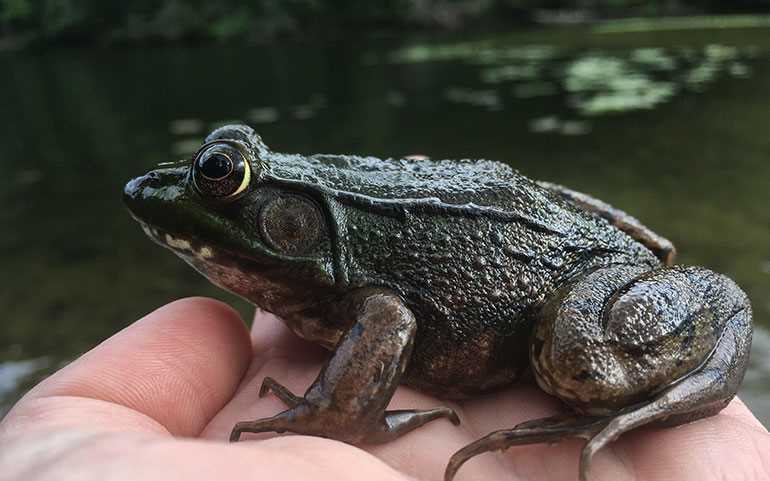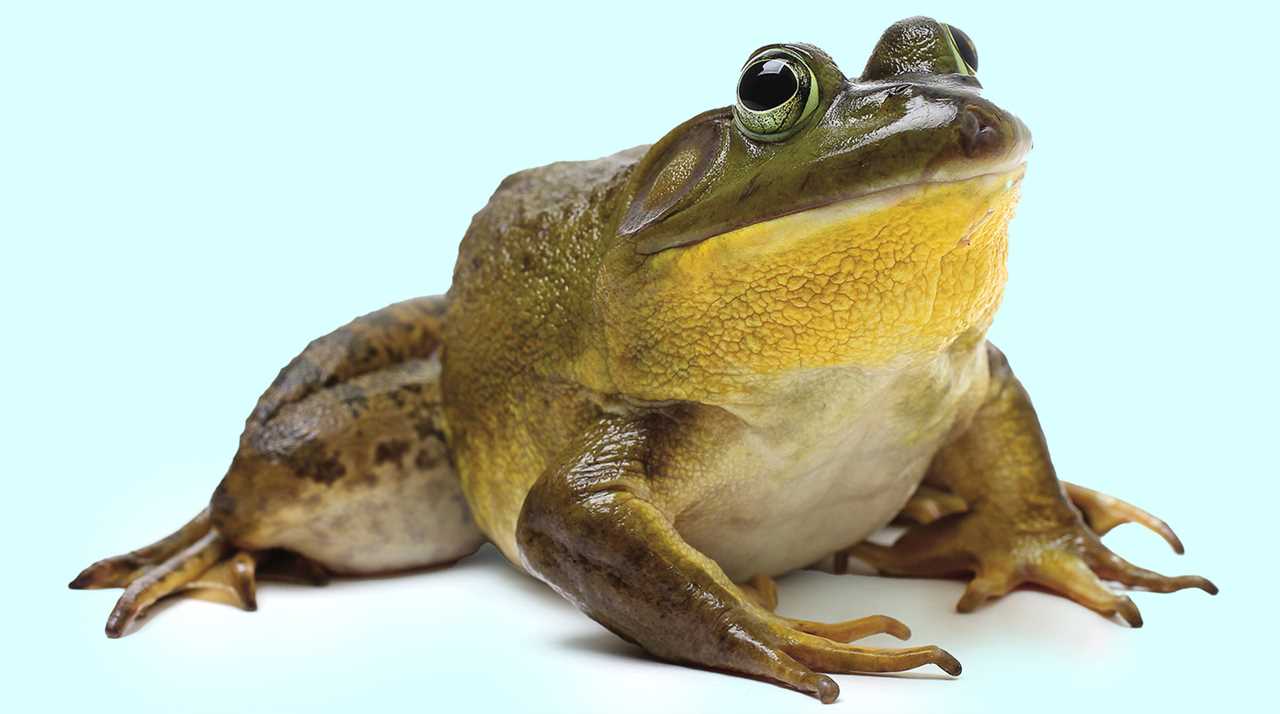
Frogs are typically euthanized using approved methods that are in accordance with animal welfare guidelines. These methods prioritize the well-being of the animals and aim to minimize pain and distress. Some commonly used methods include anesthetization with chemicals or physical methods such as cervical dislocation.
Chemical euthanasia involves the use of anesthetic agents to induce loss of consciousness and ultimately death. This method ensures a painless and peaceful process for the frogs. The specific anesthetic used may vary depending on the regulations and guidelines of the educational institution or research facility.
Physical methods such as cervical dislocation are also employed. This method involves carefully and swiftly severing the spinal cord of the frog, which effectively induces immediate unconsciousness and subsequent death. This technique is performed by trained individuals to ensure it is done in a humane and effective manner.
Overall, it is crucial to approach frog dissection with sensitivity and respect for animal welfare. By employing proper methods for euthanizing frogs, educators and researchers can promote the ethical treatment of animals in classrooms and laboratories, allowing students to gain valuable knowledge while upholding a commitment to animal welfare.
Chemical Methods for Ethical Euthanasia of Frogs

One such chemical is benzocaine, which is commonly used as a local anesthetic. When applied to the skin or injected into the body of a frog, benzocaine can cause rapid and painless death. This method is considered ethical because it ensures that the frog does not suffer during the euthanasia process.
Additionally, it is crucial to use these chemicals in a well-ventilated area to prevent exposure to toxic fumes. Proper safety precautions should always be followed to ensure the well-being of both the frogs and the individuals performing the dissection.
- Chemical methods such as benzocaine and tricaine methanesulfonate are commonly used for the ethical euthanasia of frogs.
- These chemicals act as anesthetics and cause rapid and painless death for the frogs.
- Proper application and dosage of these chemicals should be followed by trained professionals to prevent unnecessary suffering.
- Good ventilation and safety precautions are necessary to ensure the well-being of both the frogs and the individuals performing the dissection.
Physical Methods of Euthanizing Frogs for Dissection

1. Decapitation: This method involves cutting off the frog’s head using a sharp instrument such as scissors or a scalpel. It is crucial to ensure a swift and clean cut to minimize any suffering. Decapitation is a widely accepted method as it causes instantaneous death by severing the frog’s brainstem.
2. Pithing: Pithing is another physical method used to euthanize frogs. It involves inserting a sharp instrument, such as a needle or a probe, through the cranial cavity and into the spinal cord, effectively destroying the central nervous system. This method ensures a quick and painless death for the frogs.
3. Freezing: Freezing is a popular method used to euthanize frogs for dissection. However, it is essential to note that this method may cause distress to the frogs if not done correctly. To ensure humane freezing, the frog should be placed in a container and then placed in a freezer set to a temperature of -20°C or lower. This method induces a deep coma-like state, leading to the frog’s death without causing any pain.
4. Stunning: Stunning is a physical method that involves delivering a blow or an electric shock to the frog’s head, rendering it unconscious and eventually leading to its death. This method is not commonly used due to the potential risk of causing unnecessary pain and suffering to the frog.
By employing these physical methods of euthanasia, researchers and educators can ensure that the frogs used in dissection are humanely and responsibly handled, ultimately promoting ethical practices in scientific education.
Considerations for Ethical Dissection of Frogs

Another important consideration is to minimize the number of frogs sacrificed for dissection. It is recommended to use alternative methods, such as computer simulations or video demonstrations, whenever possible to reduce the demand for live frog specimens. This helps to minimize the negative impact on frog populations and respects their inherent value.
Proper euthanasia techniques should be employed to minimize pain and suffering. This can include methods such as anesthesia or stunning, followed by swift and humane euthanasia. The use of chemical methods, such as overdose of anesthetic substances, can ensure a painless and peaceful death for the frogs.
Additionally, it is essential to handle the frogs with care and follow proper protocols during the dissection itself. This includes using appropriate tools and techniques to properly expose and study the internal organs, while minimizing unnecessary damage to the specimen.

I’m Lena Adams—a product of an unconventional upbringing in the African wilderness. My father, a daring explorer of African wildlife, sparked my fascination with reptiles, a passion that intertwined with the tragic loss of my mother during an expedition, leaving an indelible mark on my life. Driven to understand the creatures that captivated my parents, I embarked on my journey, sharing insights about reptiles, frogs, and lizards on my website. Through my explorations and conservation efforts, I honour my family’s legacy while seeking connections—to the creatures, nature, and the mother whose presence I yearn to understand.
